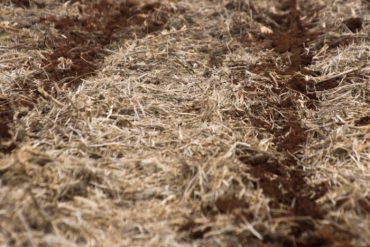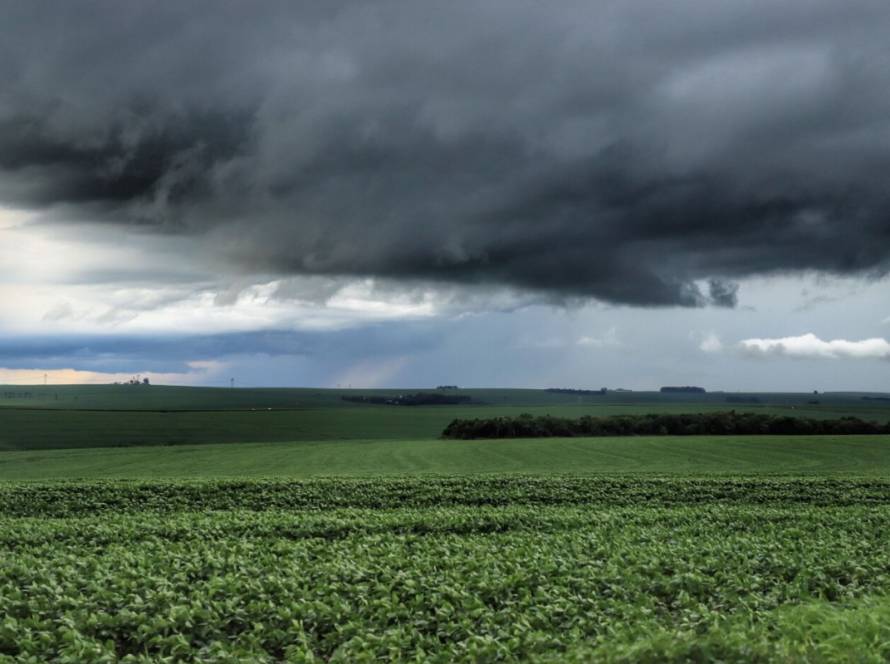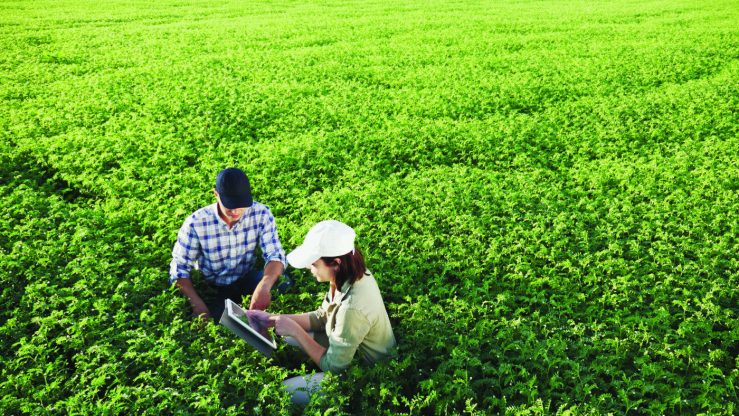The dawn of this Friday (30) brought low temperatures and light frost in some areas of the South of Mato Grosso do Sul, turning on a warning signal for producers and agribusiness institutions. The main concern is corn crops, especially those in the reproductive phase or in more exposed areas. Despite the confirmation of the possibility of frost occurring in the agrometeorological stations of Climate Guide, located at Embrapa Agropecuária Oeste, in Dourados, the intensity of the phenomenon was considered weak. The minimum temperatures recorded at the agrometeorological stations were: Dourados: 3.3 °C; Rio Brilhante: 1.5 °C; Ivinhema: 6.1 °C and Naviraí: 3.8 °C.

Photo: Disclosure/IDR-PR
Researcher Carlos Ricardo Fietz, from Embrapa Agropecuária Oeste, stressed that, although frosts have occurred in the region, so far, “there have been no reports of risk of damage to corn.” He also reported that frosts in May are rare in Dourados and explained: “Analyzing the 47-year database of the Climate Guide, we observed that the data reveal only four occurrences since 2001, all of them of low intensity.
Researcher Fernando Mendes Lamas, also from Embrapa Agropecuária Oeste, said that low temperatures, with the formation of frost, can also harm sugarcane and pastures, in addition to corn crops, and clarified “that it is still too early to measure the real impact on production, since the effects of extreme cold take a few days to fully manifest in the plants.”
Technical teams are monitoring the affected areas to understand the extent of any damage. However, the researcher emphasizes that there are reasons for cautious optimism and explains that “a significant portion of the crops are already in advanced stages of the cycle or have been planted in areas less susceptible to freezing. In addition, technologies used in production and appropriate management can minimize losses and allow the recovery of part of the crops.”
At this time, the recommendation for producers is caution, monitoring and technical assessment. The scenario, although requiring attention, is one of confidence in the recovery capacity of crops, driven by the adoption of appropriate management practices and the resilience of the agricultural sector in Mato Grosso do Sul.
History
Last Saturday (31), the Climate Guide completed 47 years of data on agrometeorological conditions in Dourados. The Climate Guide database has been modernized over the years, in addition to undergoing modernization and implementing equipment that brings with it innovations and provides technological advances in the collection, organization and availability of data.

Photo: Ana Tigrinho
The Climate Guide gathers and allows real-time consultation of information from the last 47 years for Dourados, such as: weather statistics (temperature, humidity). It also has real-time weather information (averages, normals) and alerts (low humidity, strong winds, frost). This data helps rural producers, agricultural assistance technicians, teachers and students, as well as the press and general public to obtain reliable and reliable information about the climate in the region.
The Weather Guide's weather alerts are a strong point of the service. They are published on the website and in the app and warn about: risk of frost; very strong winds; low air humidity; excessive heat (high thermal sensation, which can affect health), among others.
The information in the Climate Guide gathers data on the soil water balance, which allows checking updated soil moisture levels for the following crops: annual sugarcane; year-and-a-half sugarcane; early cycle soybeans; mid-cycle soybeans; second-crop beans; second-crop corn; corn; wheat and standard vegetation, among others.
The Service also provides data and subsidies for the preparation of the Agricultural Zoning of Climatic Risk (ZARC) and definition of the most favorable sowing time for the main crops in the southern region of Mato Grosso do Sul.
How to Access
In addition, the service issues warnings about the monthly average rainfall and the accumulated rainfall for the current month, through the Agrometeorological Bulletins published monthly on the Embrapa Agropecuária Oeste website, access by clicking here.
Users of the Climate Guide can also have the data in the palm of their hands, via their cell phone, at no additional cost. Since 2019, the Climate Guide has had an APP that presents the data collected and updated in real time (every 15 minutes) for the cities of Dourados, Ivinhema and Rio Brilhante. The application for Android systems can be downloaded at Play Store or Apple Store. Download it now and stay up to date with the most up-to-date information on the weather in your region.





